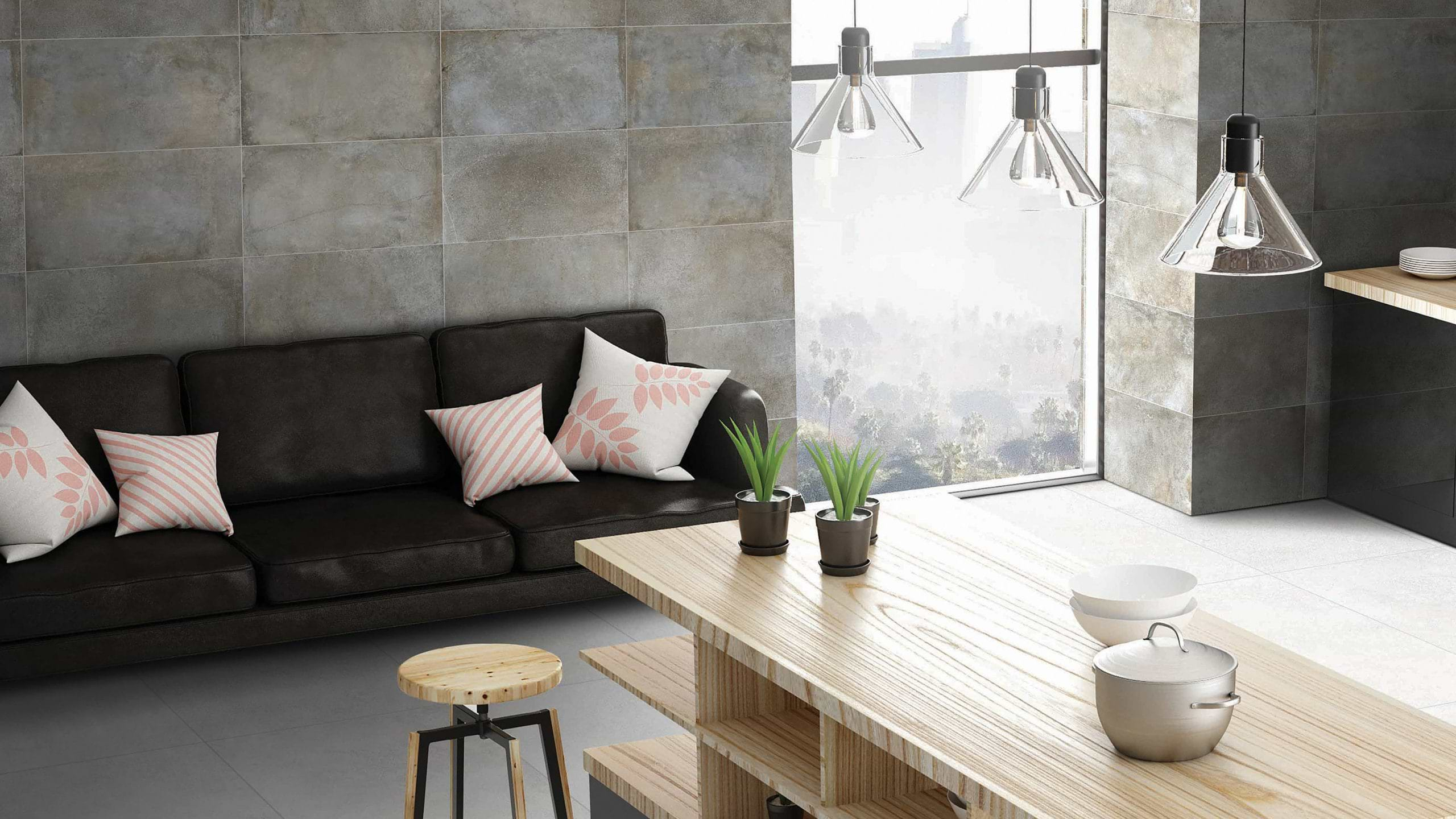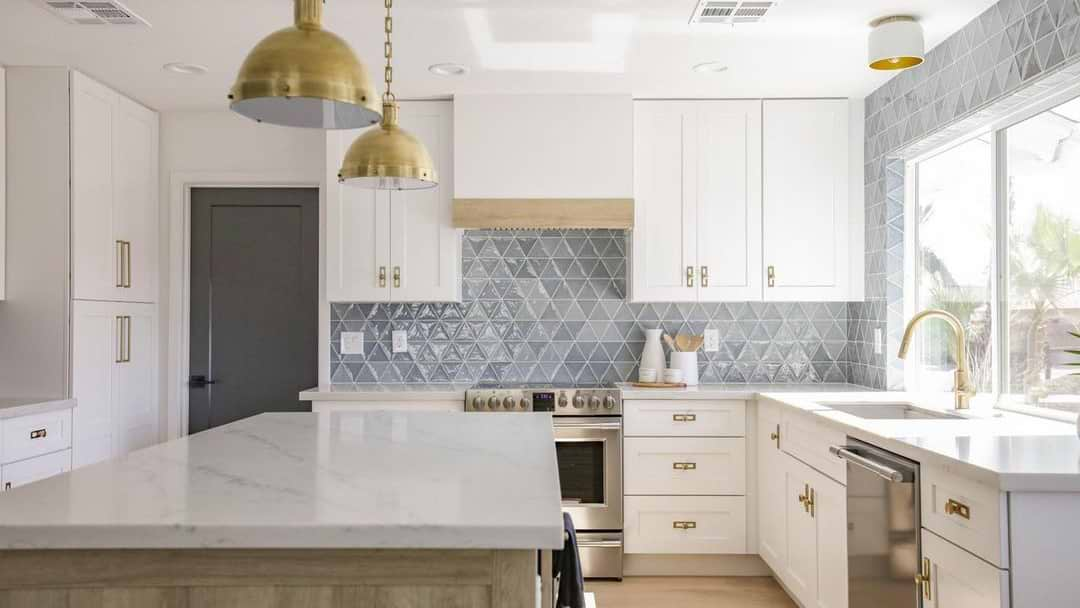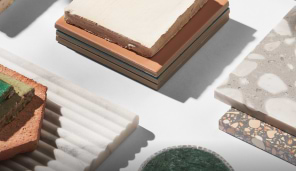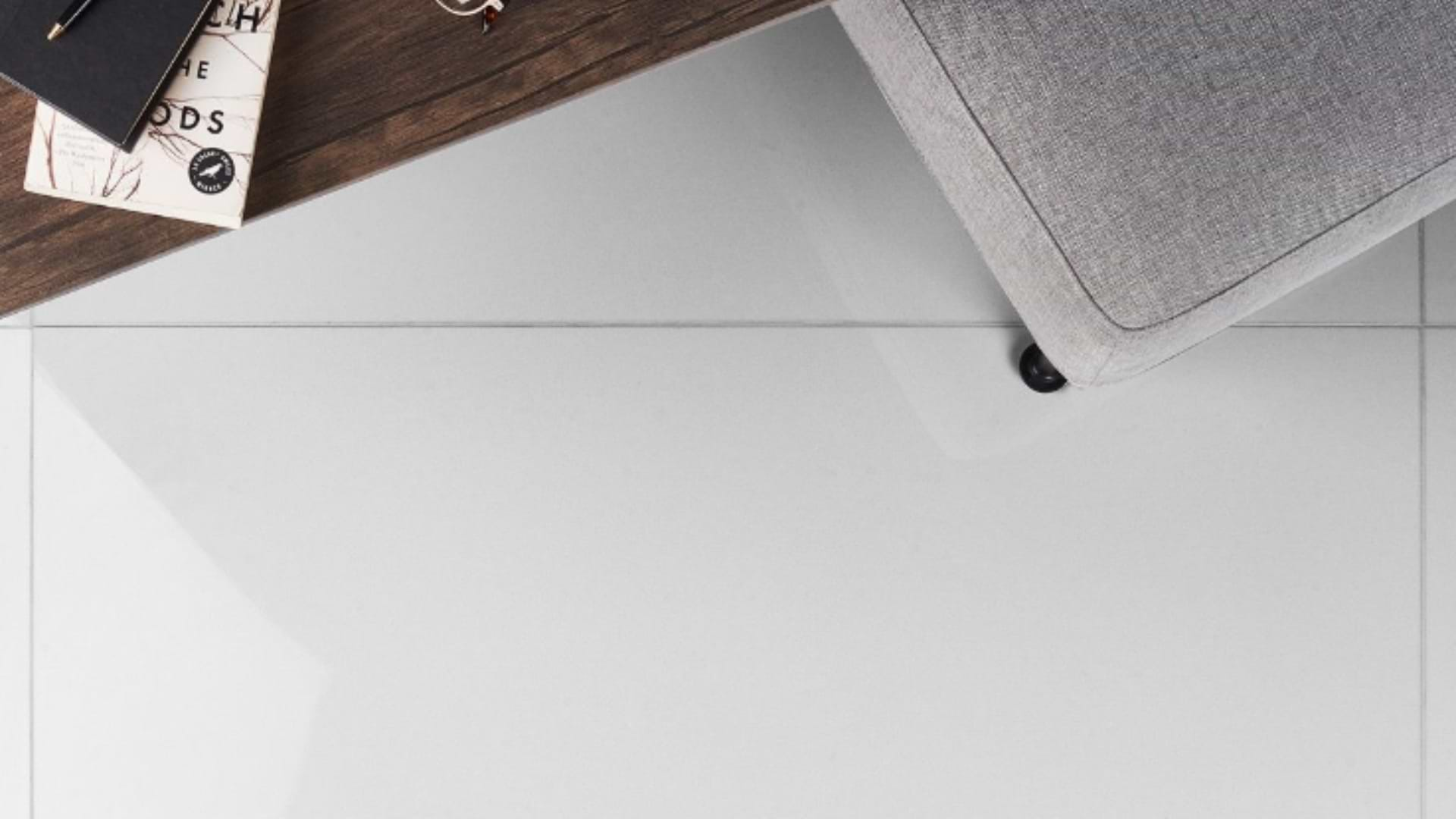Achieving a Flawless Finish: A Guide to Glass Tile Troweling
Glass tile troweling brings a unique depth and radiance to any space with its translucent, jewel-toned aesthetic. However, working with glass mosaic or larger format glass tile comes with its own set of best practices during installation. In particular, a proper glass tile troweling technique is vital to prevent visible imperfections from ruining the final look. As professional tile installer Craig Cahoon explains in his step-by-step tutorial, “Incorrect troweling can be seen after the tile is installed because most glass is translucent. Improper technique can show ridges behind the tile.”
This article will explore specialized glass tile strategies for beginners and pros alike. With the right tools, mortar mixtures, and form, you can achieve stunning tile installations worthy of modern designs in 2023.
Buy 5 Glass Tile samples for just $5! Don’t miss out on this great deal while enhancing your space.
Selecting Appropriate Trowels
The foundation of quality glass tile installation lies in using glass specific tools and the correctly sized notch trowel for spreading the mortar. Craig explains that using the wrong trowel can prompt challenges:
- If the trowel is too small, the tile will not bond well
- If the trowel is too big, the mortar will squeeze through and cause a big mess.
General recommendations based on glass tile size include:
- Mosaic sheets: 1/8” x 1/8” square notch
- Tiles under 2” x 2”: 1/4” x 1/4″ square notch
- Tiles 2” x 2” to 12” x 12”: 1/4” x 3/8” square notch
- Tiles over 12” x 12” and larger: 1/2” x 1/2” square notch
These pair the depth of the mortar ridges is the gauge needed for the individual tiles. Customizing your trowel size prevents both bonding issues and excess mess around the edges.
As Craig explains in his video, Glass Tile Mastery: A Quick and Simple Installation Guide, “If your tile is small, you may need a small notch trial.” Using the correct trowel size and technique results in flawless glass tile installations.
Controlling Mortar Consistency
The ideal mortar mixture facilitates neat, consistent ridges without excessive mess. Prepare mortar as per the written manufacturers’ recommendations. Pay attention to working times based on environmental temperatures so the mortar doesn’t set too quickly before adjustments can be made. Monitoring conditions and mortar quality ensures you can tweak the consistency as needed.
Troweling Technique for Invisible Mortar Coats Behind Glass Tile
With the right trowel technique, executing intentional troweling motions prevents problematic ridges or voids behind glass tiles.
As Craig warns, “One tip I want to give you is when using your trowel, make sure it’s the right size. If your tile tiling top is small, you will need a small-notch trowel…”
The most effective troweling sequence is as follows:
- Hold the trowel at a 45 degree angle to the surface, keeping the notched side face down.
- Apply even pressure, pressing into the substrate as you smoothly rake the mortar into straight, consistent ridges.
- Maintain ridge continuity across the entire area, ensuring full coverage without gaps or irregular sections.
- Before the mortar skins over, use the trowel’s flat edge to gently knock down any high points or unfilled spots. Flatten ridges fill the valleys and create a smooth and consistent mortar base.
- Try to avoid removing any mortar.
- Lay tile in the smooth mortar.
- Use a beating block for the final set.
Take the time to develop quality troweling habits with the recommended motions. Rushed or haphazard techniques often lead to mortar voids or thick edges that are visible through the tile’s transparency. Patience pays off for completely smooth results.
Gauging Consistent Grout Line Width
While troweling focuses on the underlying mortar, accurate tile spacing ensures straight uniform grout lines. Consistency with different tile sizes is vital to keep the finished look neat and intentional. Know your tile’s dimensions along with the target grout line width. For mosaics, the sheet may have built-in spacers that dictate spacing.
Glass tile spacer options include:
- Plastic cross and T-shaped spacers
- Cross-Shaped Spacers
- Urethane Spacers
- Horseshoe Spacers
- Tee-shaped Spacers
Work methodically row by row using high-quality spacers correctly sized for the desired grout line spacing. Rushing leads to uneven, unsightly results accentuated by any tile translucency.
Leveling Successfully
As the finishing touch before grouting, properly leveling glass tile eliminates lippage where one tile edge sits higher than the next. For larger glass tile, use temporary plastic tile leveling systems that remain in place while the mortar cures.
Leveler placement sequence includes:
- After installing each tile, place levelers at corners with the base on the substrate and cap resting on the tile face.
- Gently adjust the leveling system until the top heads make even contact across the tiles to lift them to the proper height.
- Verify all corners achieve the target height above the other tiles and are flush.
- Let mortar cure fully before removing levelers, typically after 48 hours of air drying.
The process of using quality glass tile leveling systems prevents uneven finished surfaces and matched grout line appearance.
Achieving Next-Level Glass Tile Finishes
Installing glass tile well gives an unrivaled warmth, depth, and brightness. But subpar technique manifests behind the tiles’ transparency – ridges, hollow spots, and uneven grout line gaps stand out visibly. As Cahoon emphasizes, tile can cause installers to feel “nerve-wracking when trying to install it. It is more expensive and you don’t wanna waste any.”
Thankfully, arming yourself with the right trowels, motion, mortar, spacers, and levelers sets up success with your glass mosaic tiles. By taking a meticulous approach, your breathtaking tile work rivals high-end designer installations.
Flawlessly smooth mortar beds, precision spacing, and perfectly flush tiles enhance the trademark translucency and gleam without distraction. The glass simply glows.
The keys are patience, high-quality tools, and an intuitive technique built from experience or mentors like Cahoon. So break out the safety gear and practice your skills across a few starter tile projects this year. Mastering the fundamentals elevates your finishes from average to exceptional. From cascading mosaic backsplashes to sweeping bathroom walls, glass tile offers creative possibilities. Unlock the full design potential through dedication to specialized methods catered to this unique material.
Frequently Asked Questions
How do I prevent air pockets from forming behind glass tile?
Air pockets happen when mortar fails to fill gaps, often due to improper glass tile troweling technique. Use a correctly sized notch trowel and check that ridges reach the substrate without gaps before installing the tile. Flatten any high points for full contact.
Can regular ceramic tile spacers work for glass tile?
Yes
What’s the best grout color for minimizing the visibility of imperfections behind glass tiles?
Matching your tile color is the easiest way to minimize any visual imperfections. Bright white grout reflects light evenly behind glass tile. Dark grout absorbs light, increasing the visibility of any tiny mortar ridges or subtle unevenness. White sanded grout is ideal for crisp uniform joints.
Is hand-spaced glass tile likely to have straight aligned grout lines?
Hand spacing without spacers often leads to wavering erratic grout lines unless an expert installer uses a perfectly vertical spacer temporarily. With proper preparation your installation can have the appearance of straight joints.
Conclusion
Glass tile brings uniqueness and depth unmatched by traditional ceramic or stone. While beautiful, visibility through transparent glass can betray any subpar tile installation or technique. Specialty education around selecting and correctly wielding appropriate tools is crucial. Mastering smoothed mortar beds, precise spacing, and aligned leveling prevents shadows and distortions marring appeal. Patience paired with quality allows glass tile’s inherent radiance and creativity to shine. Tight consistent joints and unblemished backgrounds let designs dazzle. Take the time to hone skills through each installation for glass tile finesse that elegantly elevates spaces. To help you perfect your skills, don’t miss out on our special offer: Get a set of 5 Glass Tile samples for just $5!
Watch Craig’s video Glass Tile Mastery: A Quick and Simple Installation Guide









